
Genus Bubalus, the Water Buffalo
The Wild Water Buffalo (Bubalus arnee), also called Asian buffalo, Asiatic buffalo and wild buffalo, is a large bovine native to the Indian subcontinent and Southeast Asia. It has been listed as Endangered in the IUCN Red List since 1986, as the remaining population totals less than 4,000. A population decline of at least 50% over the last three generations (24–30 years) is projected to continue. The global population has been estimated at 3,400 individuals, of which 3,100 (91%) live in India, mostly in Assam. The wild water buffalo is the most likely ancestor of the domestic water buffalo.
The wild water buffalo occurs in India, Nepal, Bhutan, Thailand, and Cambodia, with an unconfirmed population in Myanmar. It has been extirpated in Bangladesh, Laos, Vietnam, and Sri Lanka. It is associated with wet grasslands, swamps, flood plains and densely vegetated river valleys.
In India, it is largely restricted to in and around Kaziranga, Manas and Dibru-Saikhowa National Parks, Laokhowa Wildlife Sanctuary and Bura Chapori Wildlife Sanctuary and in a few scattered pockets in Assam; and in and around D'Ering Memorial Wildlife Sanctuary in Arunachal Pradesh. A small population survives in Balphakram National Park in Meghalaya, and in Chhattisgarh in Indravati National Park and Udanti Wildlife Sanctuary. This population might extend into adjacent parts of Odisha. In the early 1990s, there may still have been about 3,300–3,500 wild water buffaloes in Assam and the adjacent states of northeast India. In 1997, the number was assessed at less than 1,500 mature individuals.
Many surviving populations are thought to have interbred with feral or domestic water buffaloes. In the late 1980s, fewer than 100 wild water buffaloes were left in Madhya Pradesh. By 1992, only 50 animals were estimated to have survived there.
Nepal's only population lives in Koshi Tappu Wildlife Reserve and has grown from 63 individuals in 1976 to 219 individuals in 2009. In 2016, 18 individuals were translocated from Koshi Tappu Wildlife Reserve to Chitwan National Park.
In and around Bhutan's Royal Manas National Park, a small number of wild water buffaloes occur. This is part of the sub-population that occurs in India's Manas National Park. In Myanmar, a few animals live in Hukaung Valley Wildlife Sanctuary.
In Thailand, wild water buffaloes have been reported to occur in small herds of less than 40 individuals. A population of 25–60 individuals inhabited lowland areas of the Huai Kha Khaeng Wildlife Sanctuary between December 1999 and April 2001. This population has not grown significantly in 15 years, and is maybe interbreeding with domestic water buffaloes.
The population in Cambodia is confined to a small area of easternmost Mondulkiri and possibly Ratanakiri Provinces. Only a few dozen individuals remain.
The wild water buffaloes in Sri Lanka are thought to be descendants of the introduced domestic water buffalo. It is unlikely that any true wild water buffaloes remain there today.
Wild-living populations found elsewhere in Asia, Australia, Argentina and Bolivia are feral domestic water buffaloes.
Asian Wild Water Buffalo (Bubalus arnee) - Seen several at Kaziranga National Park in Assam



























The following galleries are of the variou subspecies of Water Buffalo I have encountered. Several are debated in the literature as to their validity. I have kept them separate and titled with the taxonomic names I encountered in my research:
Komodo Island Asian Wild Water Buffalo (Bubalus arnee theerapati)





Debatable species - here is an interesting article about its status as of 2022
Sri Lanka Wild Water Buffalo (Bubalus arnee migona) - many locations in Sri Lanka, Yala National Park





























Domestic River Buffalo (Bubalus bubalus var. bubalis) - Seen in many locations worldwide



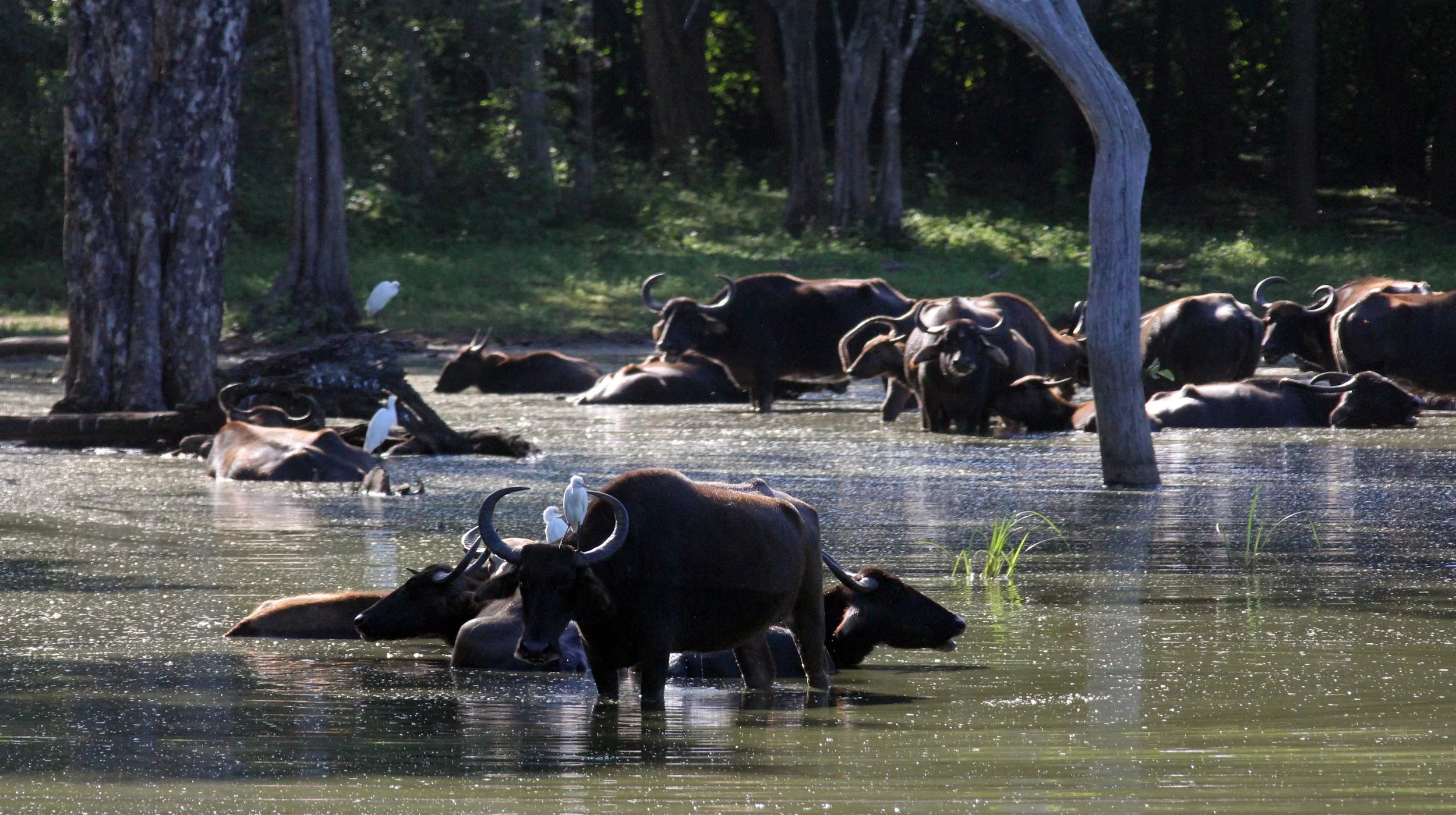
























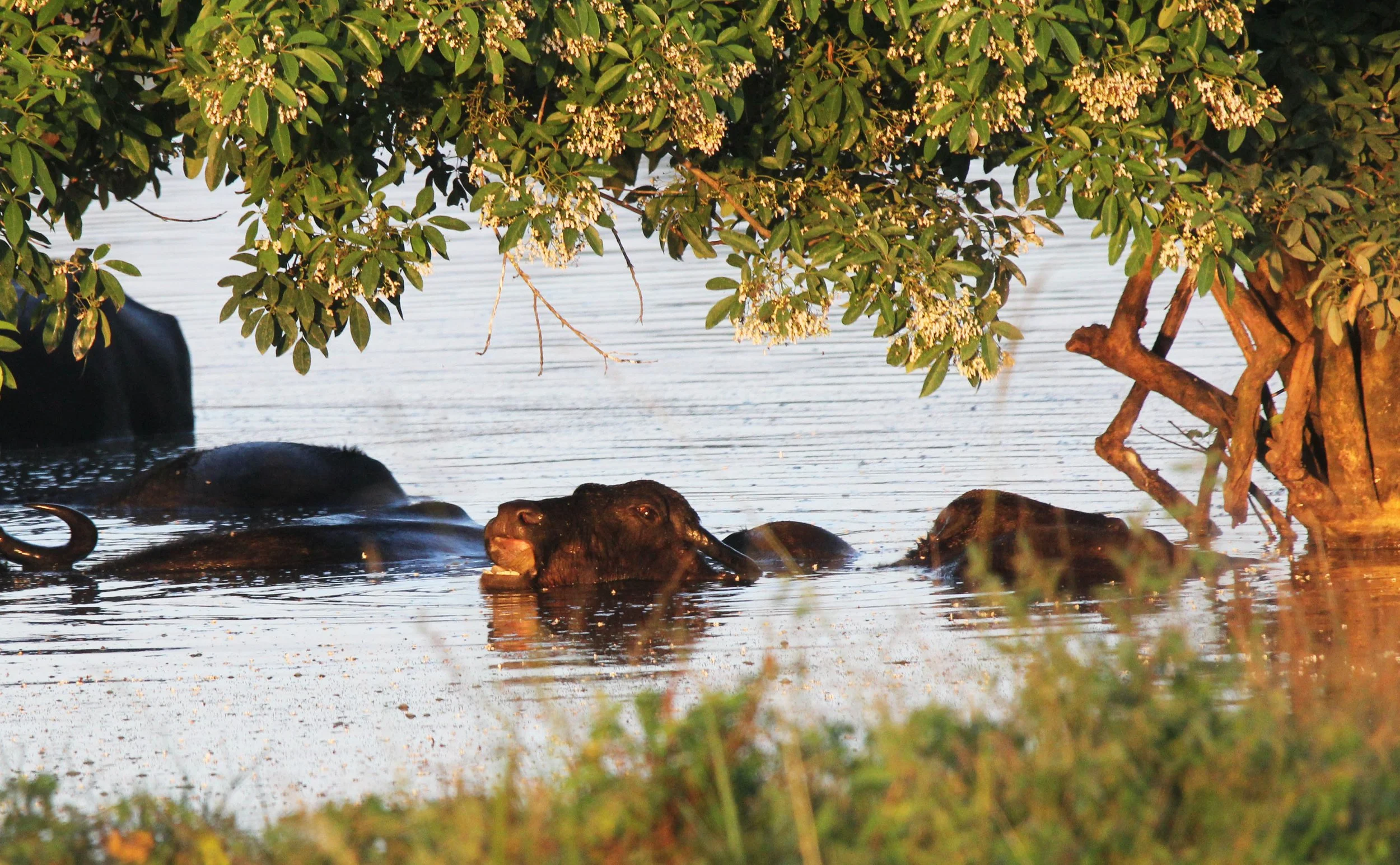

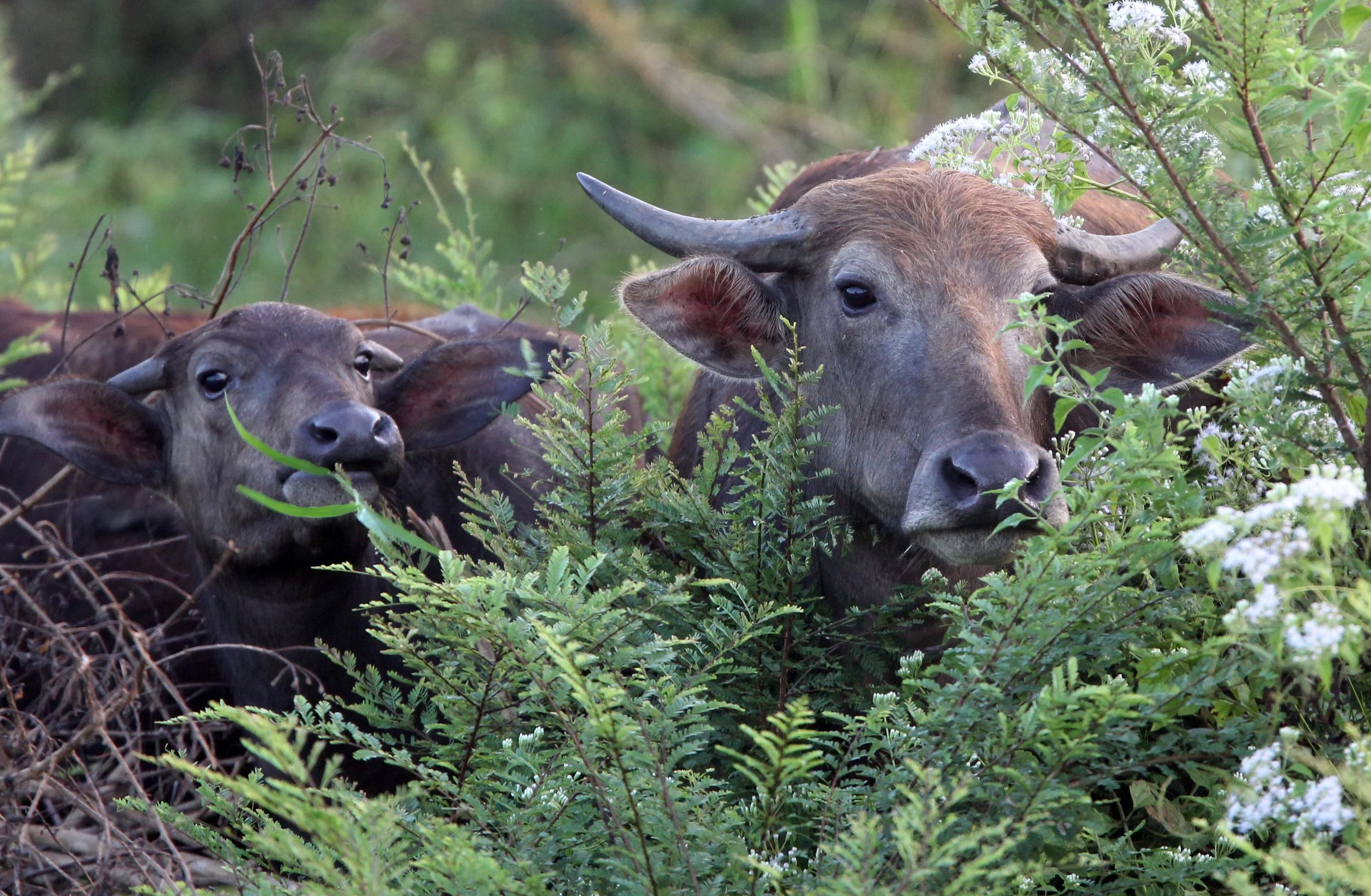
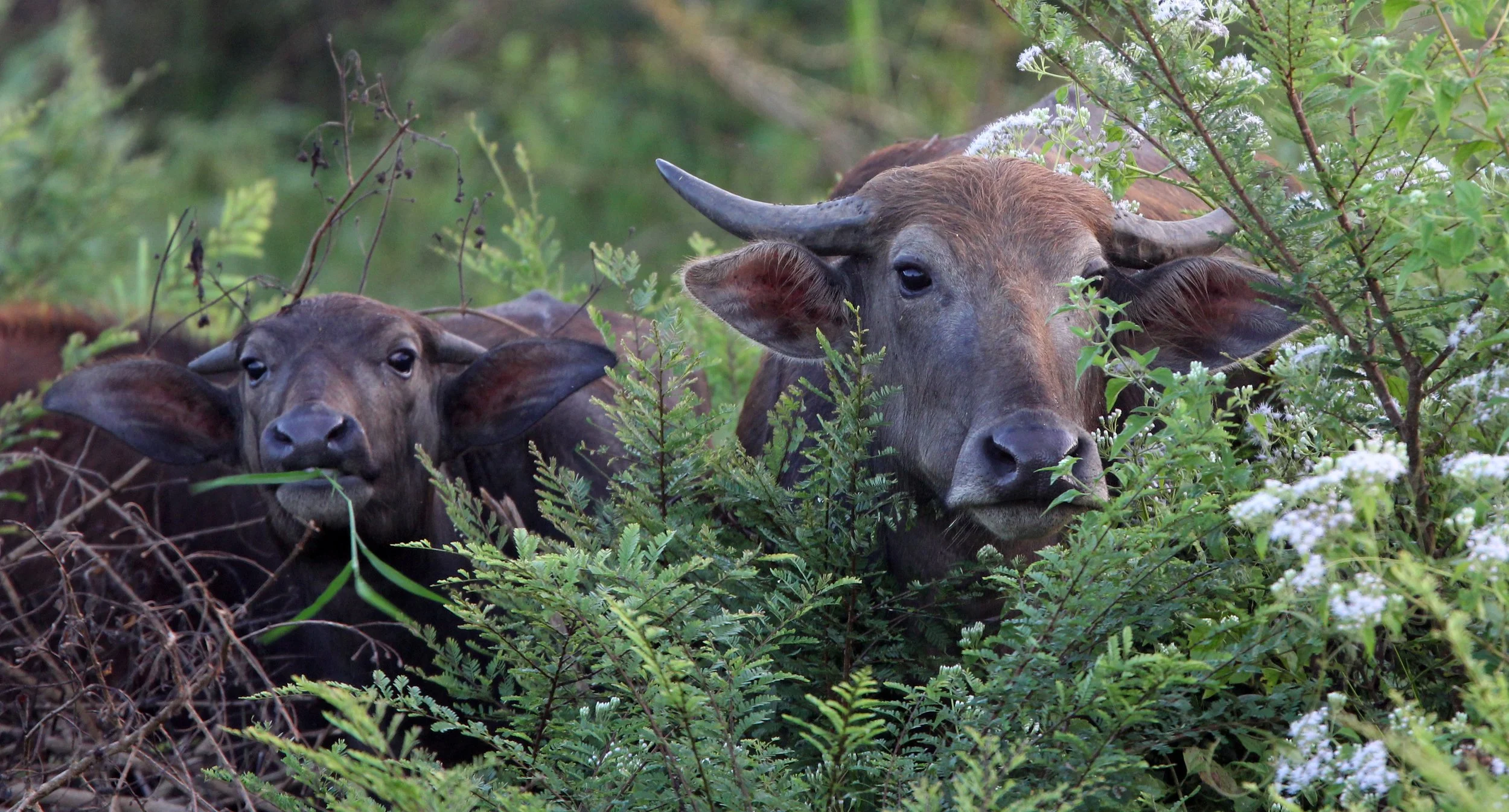



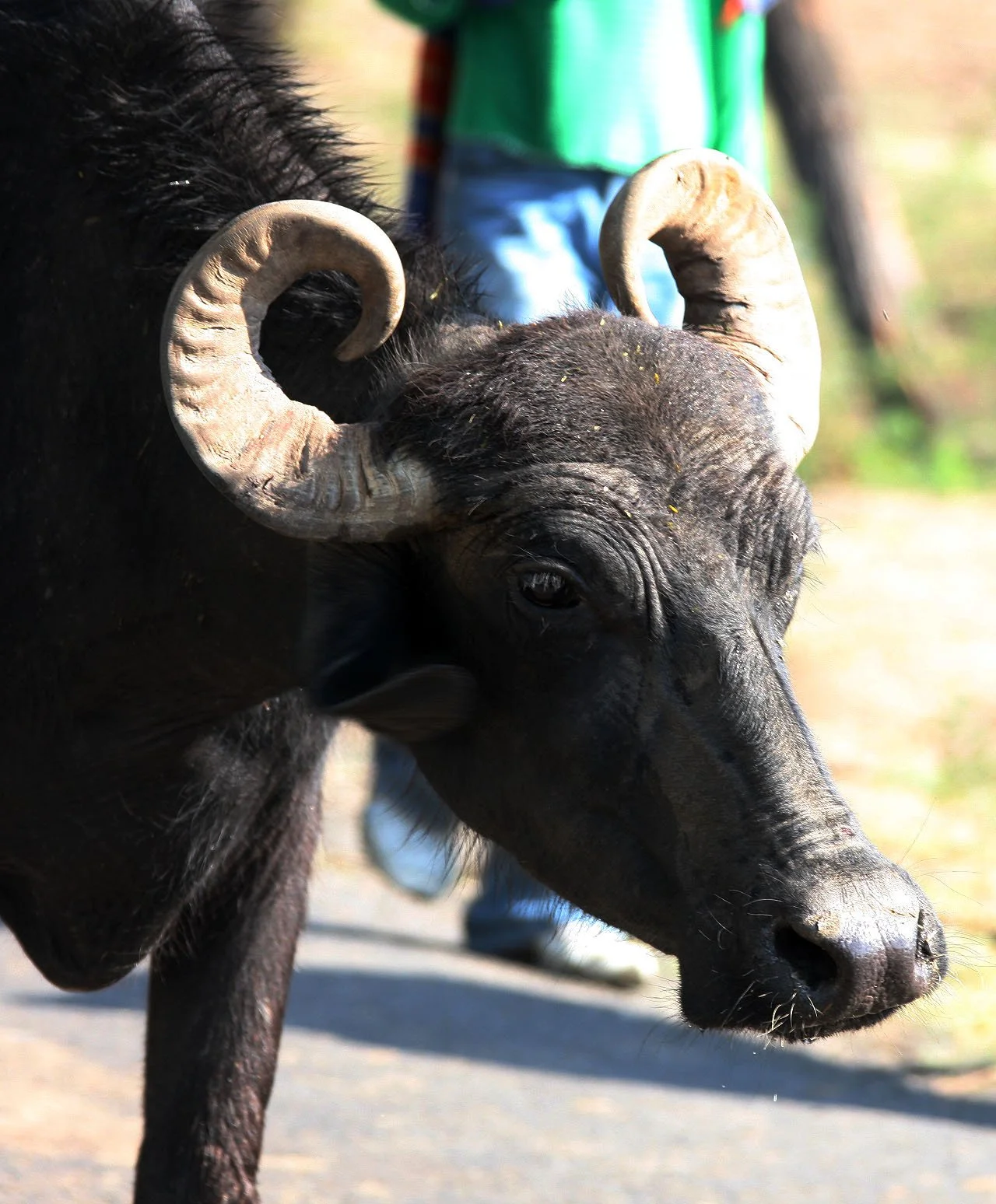






Domestic Water Buffalo (Bubalus bubalus var. kerabau)





















Domestic Swamp Buffalo (Bubalus bubalus var. kerabau)






























































